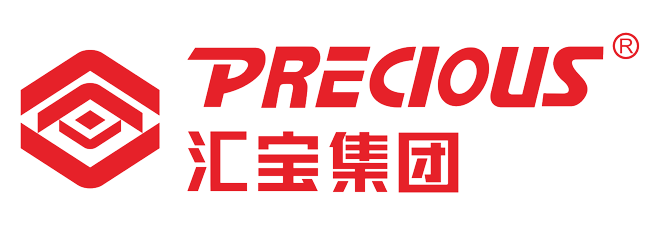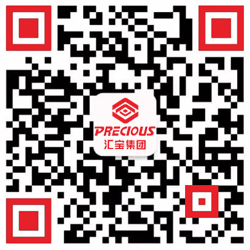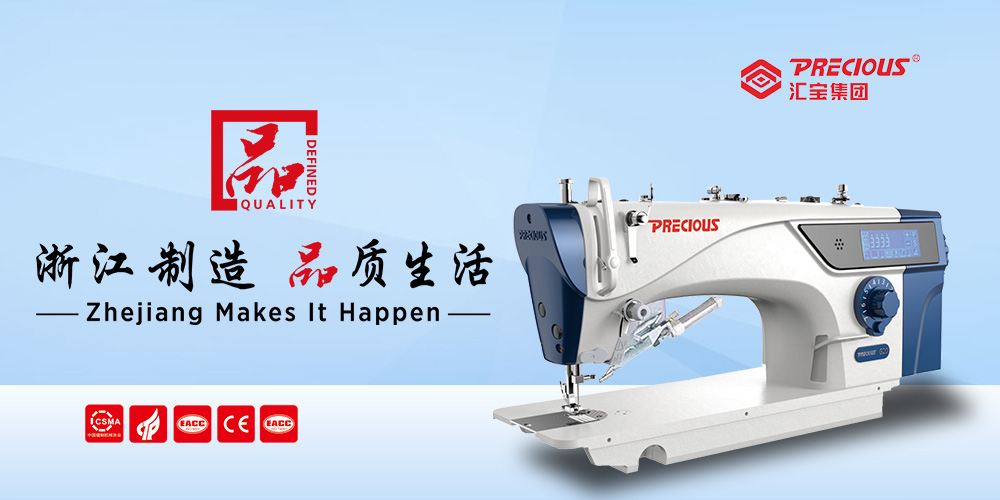Where China’s Capitalism Got Its Start
2007-11-1 0:00:00
If there is an epicenter to China’s stunning export performance over the last decade, it is here at the country’s biggest and oldest trade fair, still widely known by its “colonial” name, the Canton Trade Fair, but officially known as the China Import and Export Fair.
It is underway again in Guangzhou with thousands of China’s best — and many obscure — companies on hand. This is where the world’s plumbers turn up, looking for faucets, s-traps and slip joints. It is also the place where the exporters come looking for everything from non-ferrous metals, front loaders, furniture and pharmaceutical supplies to dried flowers, bogus Barbie dolls and pet fish.
The trade fair, and its quintessential capitalist display, ironically got its start in 1957, a year better known in China as the height of Chairman Mao Zedong's “Hundred Flowers Campaign” when he encouraged people to vent their criticisms as long as they were "constructive” and not "hateful and destructive” — an appeal that those who took him at his word quickly found was a ploy to identify and quash critics.
At the time, the Canton fair was an attempt by China to obtain desperately needed foreign currency to buy industrial equipment and materials, a problem it decidedly doesn’t have now, and it was largely unaffected by the chaos touching the rest of the nation. Even Premier Zhou Enlai took time from his attempts to moderate Mao’s excesses to pay a visit to Guangzhou where China displayed Chinese-made sewing machines, bicycles and electric fans for mostly Eastern
bloc customers.
It has grown enormously, of course, from the days 20 years ago when a Chinese sewing machine manufacturer recalled climbing over a fence to sneak in, in an attempt to buttonhole foreigners. Qiu Jibao — now known as “China’s sewing machine king,” has exported about US$20 million of his products overseas according to Chinese state media — said he was barred from legitimate entry because only state-owned enterprises were authorized to participate at that time.
Last year there were more than 13,000 exhibitors, state owned and private alike, with 30,000 booths featuring more than 150,000 products for about 207,000 visitors from 212 countries and regions. It has gone from a once-yearly affair to two sessions, spring and autumn, with two phases for each session and six days for each phase. The Spring Phase 1 runs from April 15-20; phase 2: April 25-30. The autumn session ran from October 15-20 and October 25-30, ending Tuesday.
This year, the fair occurred at a time when Chinese goods are under attack as never before from lead on Mattel toys, melamine in cat food. Toothpaste, tires, seafood and mislabeled drugs have cast a dark international shadow over the Made in China label. In particular, toy recalls have awakened concerns about Chinese goods, especially in the United States.
It is clear that that the scare affected attendance. Statistics released Tuesday reported an 8.3 percent drop in overall attendance but a 3 percent rise in the value of orders placed, officials said. The decline was also reflected outside the fair where a dozen or so mostly college-aged women were offering their services as translators for as little as 50 yuan a day, an enormous dip from the usual rate of 450-500 yuan a day for English and up to 600 yuan for languages such as French, Spanish or Russian.
The world is still buying, however. China is on course to export US$1.15 trillion worth of goods in 2007, up by a projected 27 percent from record shipments a year ago. The country’s trade surplus is up to nearly US$190 billion for the first nine months of the year
Buyers say they are mostly unruffled by the toxic China scare and one, Jackey Lee, a Chinese-Canadian businessmen who was looking for gifts and toys, said his biggest worry is rising oil prices, which have driven the price of raw materials in China up 30 percent over the past three years. He was also more concerned about the quality of agreements sealed at the fair.
“I’ve had problems with suppliers not providing what they promised,” Lee said.
Another buyer, Hamid “Henry” Shoushtari, president of Best American Technology, an electrical parts supplier based in San Diego, California, was visiting the fair for the eighth time, and looking for high powered LED.lights. He echoed some of Lee’s comments.
“Sometimes the business people here just give you the right answer,” Shoushtari said. “Maybe it’s in order to please you, to tell you what they think you want to hear, and maybe it’s a lack of communication – a ‘Lost in Translation’ thing.”
“There are many suppliers but good ones are hard to come by,” Shoushtari said. ”I could have bought and sold many of these Items in the Middle East but not in North America, where the quality standards are much higher and we can be sued by the end users if they aren’t.”
Shoushtari also voiced another common complaint: “A lack of innovation,” is a worry in China, he said, echoing other foreign buyers. Jan A. Toebes, a household electronics buyer from Holland was a first time visitor and unimpressed in his fruitless search for something new. “All the products I’ve seen have been in the market for years,” Toebes said. “There’s nothing new. I think the fair needs to launch some more creative products.”
On the other hand, a woman surnamed Lee was watching the time tick slowly by at her empty Yan Tai Polaris booth while hoping for customers for her decidedly non-cutting edge product, grandfather clocks. Lee said she’s been attending the fair since 1991 and has seen better years. “The fair needs to attract more buyers from Europe and America,” she said.
Perhaps nowhere could the combination of lack of innovation and customers be summed up better than at the vacant “Defa Lucy’ doll exhibit. Defa Lucy is a dead ringer for her better-known American counterpart, Mattel’s Barbie. Here you had product piracy and a paucity of customers in one package. “Defa” ironically, is a Chinese term that roughly translates as “Get rich through high morals.”













